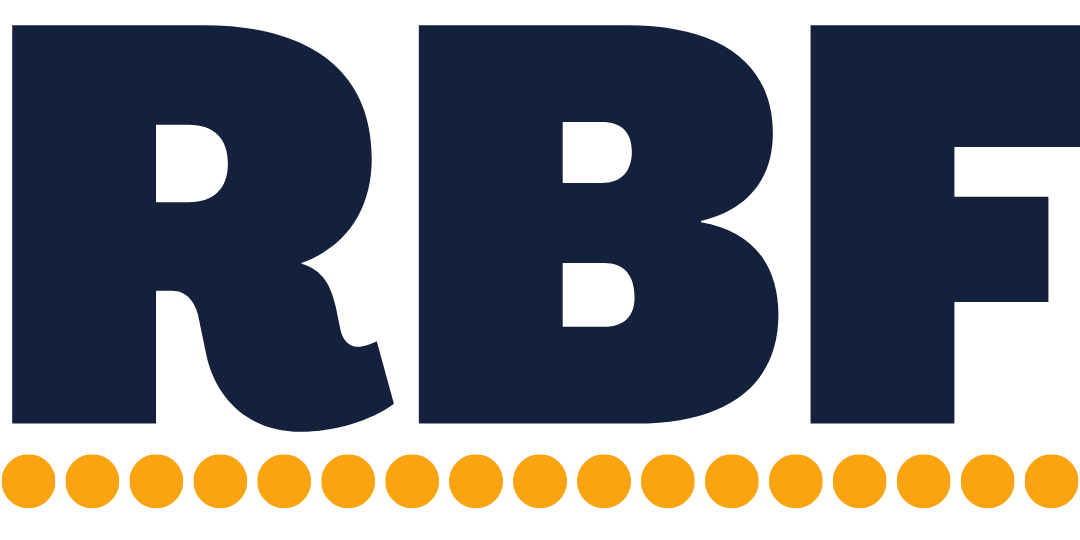You need to do a pre-goal-setting assessment
There’s all sorts of goal-setting frameworks and theories (eg SMART criteria, OKRs, BHAGs, OGSMs, etc)*. They’re supposed to help get your rough goals & dreams out of your head, onto a piece of paper, and into a standardized structure that makes sense which can then be turned into more detailed plans. The great thing about these frameworks is that they will walk you through the process and most of them don’t require any fancy software or tools. You just need a piece of paper, some time to sit with your thoughts, and a little bit of trust in the process.
But, each of those frameworks has its own flaws and blind spots making some of them better in certain situations than others. And, they all share one main, major weak point (that no one ever seems to mention) – you need to do a pre-goal-setting assessment. Before you can get started, you need to take stock of your current situation, see what you have at your disposal, figure out what direction you’re trying to go in, and most importantly, decide what types of goals are most effective for you. Without a pre-goal-setting assessment, you’ll wind up creating goals in a vacuum which could lead to them not being all that helpful.
(Note: Quick explanation of what those acronyms stand for because who wants to Google ‘goal-setting frameworks’ on a Saturday? Ew 😖 SMART -> Specific, measurable, attainable, relevant, time-bound. OKRs -> Objectives and key results. BHAGs -> Big hairy audacious goals. OGSMs -> Objective, goals, strategies, measures.)
What we’re trying to accomplish:
The point of goal-setting frameworks is to help you structure your thoughts and figure out what you’re trying to accomplish. But, they can only help so much. You’ll need to have some idea of what you’re trying to accomplish before using any goal-setting framework. For example, improving cash flow is a huge and neverending goal with lots of little potential issues. It’s very difficult to use a framework on such a broad target. You’ll need to figure out which aspect of cash flow you want to focus on (eg, profitability, invoicing processes, building savings, access to debt, etc) then apply a framework to that specific target.
What data do we have:
Goal-setting frameworks assume you have access to all sorts of data (like you would in a big business). But, we don’t have access to the same data in our small businesses. We just aren’t constantly measuring as many aspects of our businesses as a bigger business might be. Before setting goals, we need to survey what data we have ready access to, so we can then take stock of our current situation and set measurable goals (that can actually be measured by us in our businesses, not just in the grand scheme of business). For example, if you’re working on your cash flow and want to improve your outstanding Accounts Receiveable (aka how long invoices go unpaid), you’ll need accurate A/R Aging reports and other Accounts Receiveable-related data. You’ll use those reports and data to both take stock of the current situation and monitor your progress. Without it, you’re flying blind and just trusting your gut.
Taking stock of the situation:
You can’t measure improvement (or figure out how much improvement you need to make) without knowing where you started. Take a snapshot of where you are today. Write down your current pain points (for example, unhealthy cash flow means I can’t pay rent on time and that keeps me up at night) and save/export the reports you’re looking at. Don’t rely on your memory or pulling historic reports 6 months from now. You’ll forget things and those historic reports mighttt be slightly different than what you’re looking at today (it happens more than you’d think).
(Also, you don’t necessarily need full-blown spreadsheets, analysis, and forecasts to measure improvement, but you do need to know if the plan worked. Save some info so you can look back on it and make basic conclusions like ‘oh wow, column A improved. Sweet!”)
What framework works best for you :
If there was one goal-setting framework that worked perfectly for everyone in every business and every possible scenario, we wouldn’t have so many. We’d only need that one perfect method, but there’s dozens. Take a look at all the methods. Figure out which jives best with your business and the way you think about things. It’ll depend on what you’re trying to accomplish and whether you prefer short-term, actionable goals (like SMART) or long-term, reach goals (like BHAGs). Your mind will prefer one. For example, I’m not a ‘shoot for the moon, land among the stars’ kinda person. Reach goals just don’t work for me and the way I think. But, they might work for you.
Action Item:
Review a few different goal-setting frameworks. Pick one that jives with you and use it in the future.
